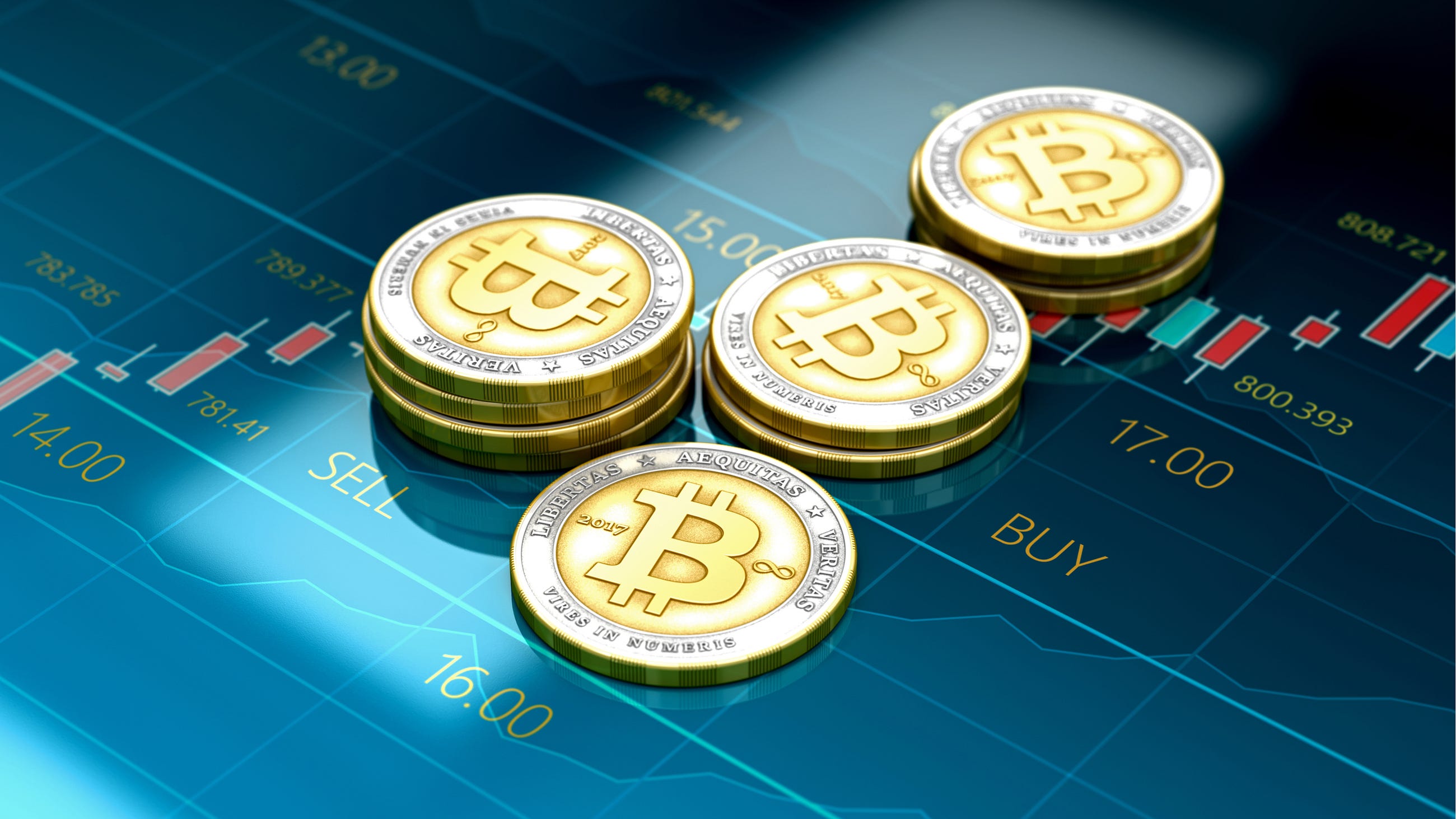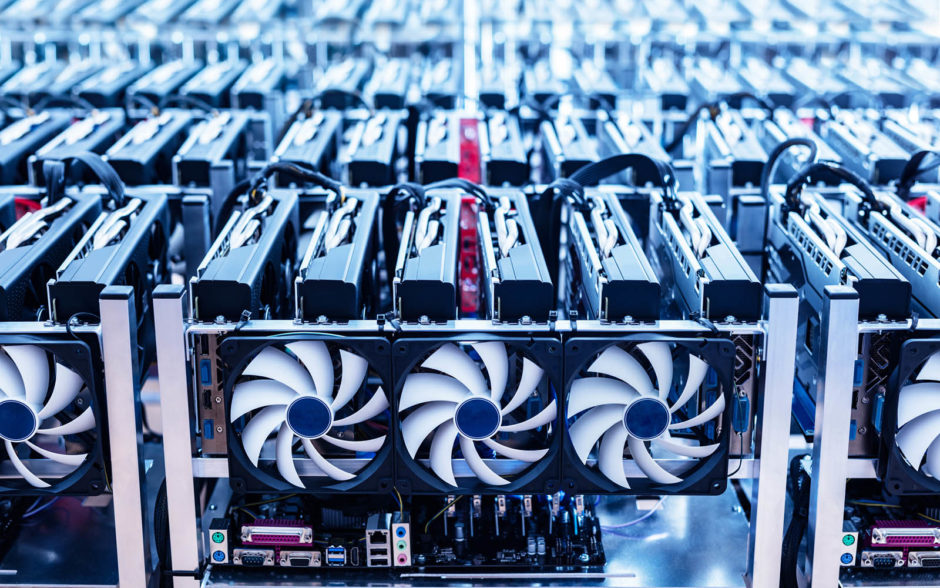Cryptocurrency
For instance, the public can see that a transaction has taken place or a piece of information has been recorded. But they may not be able to see the identities of those involved in the transaction or, in certain cases, the contents of the transaction.< https://unprintednews.com/ /p>
Cryptocurrencies represent a revolutionary shift in how we perceive and use money. They offer numerous advantages, including decentralisation, lower transaction costs, financial inclusion, and privacy. However, they also come with risks and challenges, such as volatility, regulatory concerns, security issues, and environmental impact.
Crypto purchases with credit cards are considered risky, and some exchanges don’t support them. Some credit card companies don’t allow crypto transactions either. This is because cryptocurrencies are highly volatile, and it is not advisable to risk going into debt — or potentially paying high credit card transaction fees — for certain assets.
In addition, transactions require a two-factor authentication process. For instance, you might be asked to enter a username and password to start a transaction. Then, you might have to enter an authentication code sent via text to your personal cell phone.

What is cryptocurrency mining
The rewards for Bitcoin mining are cut in half every four years. When first mined in 2009, one block would earn you 50 BTC. In 2012, this was halved to 25 BTC. By 2016, this was halved again to 12.5 BTC. On May 11, 2020, the reward was halved again to 6.25 BTC. The reward is predicted to halve again in April 2024 to 3.125 BTC.
There are, however, efforts to mitigate this negative externality by seeking cleaner and green energy sources for mining operations (such as geothermal or solar sources) and utilizing carbon offset credits. Additionally, some jurisdictions have taken action to reduce Bitcoin’s adverse effects on the climate and environment.
In this metaphor, each link is a block, and each block contains a set amount of cryptocurrency. For example, one block has 6.25 Bitcoin in it. To unlock a new block you need to solve a complicated mathematical equation, which validates the block and adds it to the chain. Also, because the blocks are chained in a linear fashion, you have to go from one to the next, you can’t pick one at random.

The rewards for Bitcoin mining are cut in half every four years. When first mined in 2009, one block would earn you 50 BTC. In 2012, this was halved to 25 BTC. By 2016, this was halved again to 12.5 BTC. On May 11, 2020, the reward was halved again to 6.25 BTC. The reward is predicted to halve again in April 2024 to 3.125 BTC.
There are, however, efforts to mitigate this negative externality by seeking cleaner and green energy sources for mining operations (such as geothermal or solar sources) and utilizing carbon offset credits. Additionally, some jurisdictions have taken action to reduce Bitcoin’s adverse effects on the climate and environment.
Top 10 cryptocurrencies
The total crypto market volume over the last 24 hours is $260.66B, which makes a 31.08% decrease. The total volume in DeFi is currently $11.42B, 4.38% of the total crypto market 24-hour volume. The volume of all stable coins is now $238.24B, which is 91.40% of the total crypto market 24-hour volume.
Cardano’s ADA token has had relatively modest growth compared to other major crypto coins. In 2017, ADA’s price was $0.02. As of September 24, 2024, its price was at $0.3699. This is an increase of 1,749%.
Fantom, Solana and Avalanche – other layer1 blockchains – also cracked the top 10. The race for a more scalable alternative to Ethereum sent Fantom’s FTM token up 13,808%, SOL up 9,374%, and AVAX up 2,787%.
Like Tether, USD Coin (USDC) is a stablecoin, meaning it’s backed by US dollars and aims for a 1 USD to 1 USDC ratio. USDC is available on numerous blockchains, such as Ethereum and Solana, and you can use USD Coin to complete global transactions.
